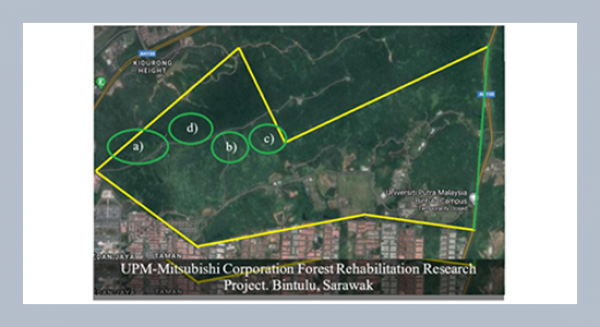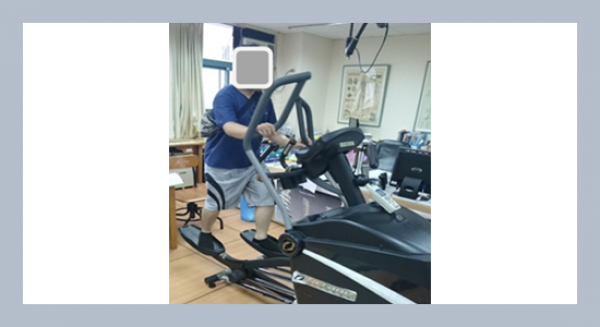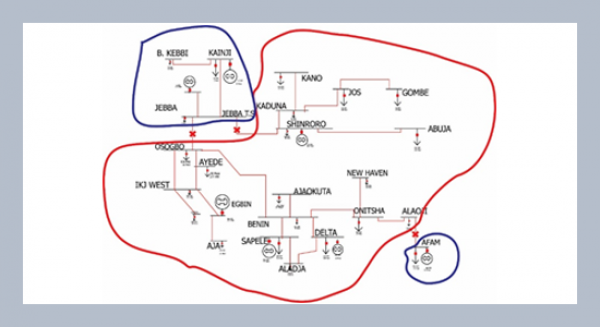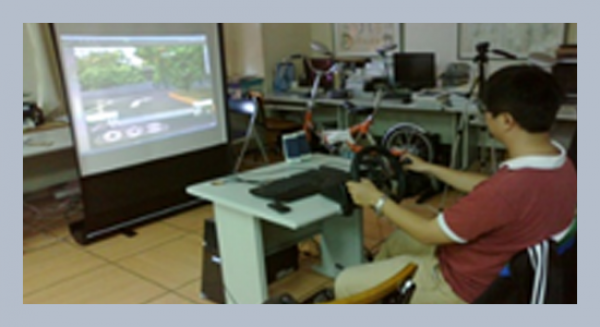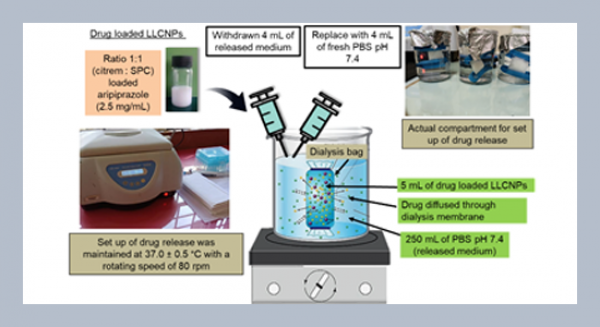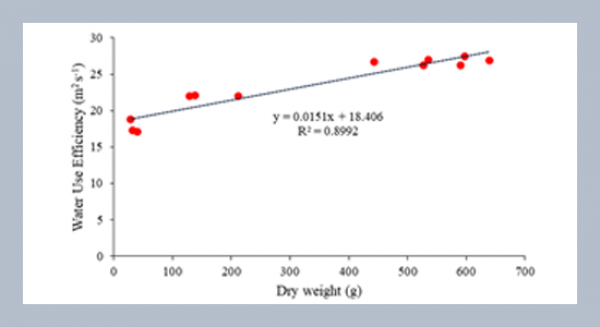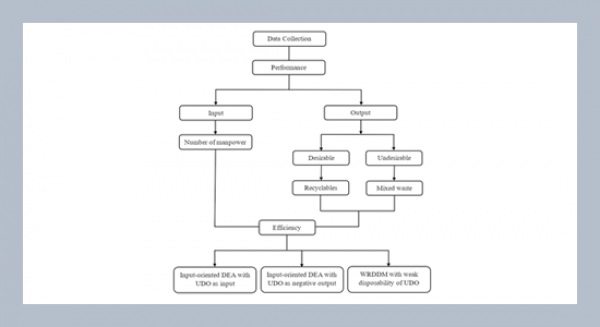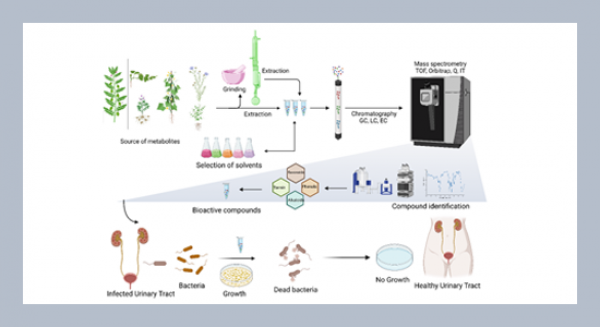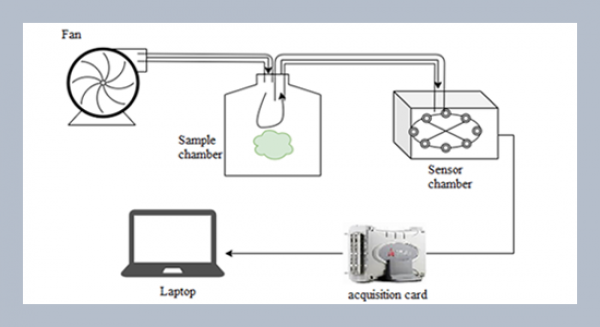Kishore Balasubramanian1*, Gayathri Devi K2, Ramya3 1 Dr. Mahalingam College of Engineering and Technology, Pollachi, India 2 Dr. NGP Institute of Technology, Coimbatore, India 3 P A College of Engineering and Technology, Pollachi, India
Download Citation:
|
Download PDF
Drowsy driving is a major issue of the traffic collision due to which severe injuries and deaths occur by the way of accidents. Numerous researches were undertaken to carefully design systems which can assess fatigue of the driver and provide an alert prior, hence preventing from sleep avoiding accident. Some conventional approaches employed vehicular measures that are greatly influenced by the road geometry, vehicle model, driving skill etc., behavioral measures like facial expression and psychological subjective measurements that can cause discomfort to the driver and may produce ambiguous results. In this paper, a nonintrusive and real-time approach is proposed that monitors driver’s eyes using a high resolution Pi camera. An algorithm is developed to capture the symptoms of driver fatigue through facial and head movements. On detecting abnormal conditions, a buzzer alerts the driver and an alert message will be sent. Raspberry-Pi is used to incorporate the entire system. Experimental outcomes ensures that the system could track the changes in the driver’s facial movements and alert the driver from accidents more efficiently with an appreciable accuracy. The system can be implemented at any lighting condition.ABSTRACT
Keywords:
Feature extraction, Fatigue detection, Supervised learning, Neural network, Classification.
Share this article with your colleagues
REFERENCES
ARTICLE INFORMATION
Received:
2021-05-10
Revised:
2022-02-06
Accepted:
2022-02-19
Available Online:
2022-08-03
Balasubramanian, K., Devi K, G., Ramya, Drowsiness detection and safety monitoring using image processing. International Journal of Applied Science and Engineering, 19, 2021136. https://doi.org/10.6703/IJASE.202209_19(3).001
Cite this article:
Copyright The Author(s). This is an open access article distributed under the terms of the Creative Commons Attribution License (CC BY 4.0), which permits unrestricted use, distribution, and reproduction in any medium, provided the original author and source are cited.




